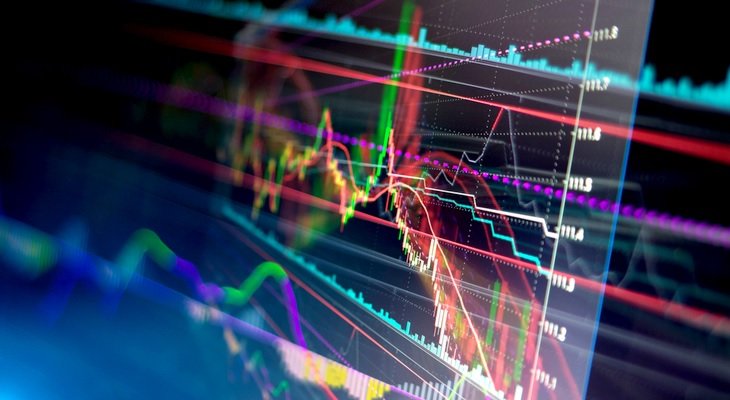Swing trading is a common trading approach that falls between day trading and long-term investment. Swing traders, as opposed to day traders, seek to benefit from the market’s ebb and flow by holding their assets for a few days to weeks.
Swing traders utilize “swing indicators” to determine advantageous entry and exit moments for price fluctuations. These indicators are mathematical equations that examine trade volume and price information for an asset. They depict this research using lines, shapes, and histograms layered over a price chart.
In this blog, we will look at the top five swing trading indicators that may help you make better trading choices and boost your chances of success.
5 Best Swing Trading Indicators
Here are the five best swing trading indicators.
1. Moving Averages (MAs)
Among the most adaptable and often used swing trading indicators are moving averages. They smooth out price swings by averaging the price over a specific time period. MAs serve to identify trends and verify possible reversals. MAs are classified as short-term, medium-term, and long-term according to their employed periods.
Short-term MAs are helpful in recognizing short-term trends and timing trades, while medium-term MAs confirm the general market direction. Long-term MAs indicate the major market trend.
2. Relative Strength Index (RSI)
This indicator that aids in identifying overbought and oversold market circumstances is the Relative Strength Index (RSI). It examines a stock’s most recent gains and losses to ascertain its momentum.
Plotted on a 0–100 range, the RSI indicates that the stock is overbought at readings over 70 and oversold at readings below 30. Swing traders utilize this as their top trading strategy.
3. Stochastic Oscillator
Another indicator that may assist spot overbought and oversold market circumstances is the Stochastic Oscillator. Plotted on a 0 to 100 scale, it compares a stock’s closing price to its high-low range over a predetermined time frame.
Like the RSI, it assists traders in determining whether a stock is overbought or oversold and identifying probable price reversals when the oscillator diverges from the stock’s actual price movements.
4. Volume
The volume indicator measures the strength of a trend by evaluating the number of trades. It compares the volume of trades throughout a specific time to help determine whether a trend is strong or weak.
Strong trends are usually indicated by high volume and weaker by low volume. This indicator is beneficial in confirming trends and pointing out possible reversals.
5. Bollinger Bands
Bollinger Bands are a volatility indicator that helps traders assess market volatility. They are made of a simple moving average (SMA) with two bands drawn above and below the SMA, each with a certain number of standard deviations apart.
When the bands broaden, volatility increases; when they shrink, volatility decreases. Traders use this indicator to detect possible trading signals by watching for price touches or breaks in the bands, which might suggest a trend reversal or continuation.
Conclusion
These are the best swing trading indicators that you can use to level up your trading experience. The key is to find out what works best for you.
If you wish to learn more about the market and different trading approaches such as option scalping strategy, indicators, risk management techniques, etc. enroll in online courses offered by Upsurge.club.
